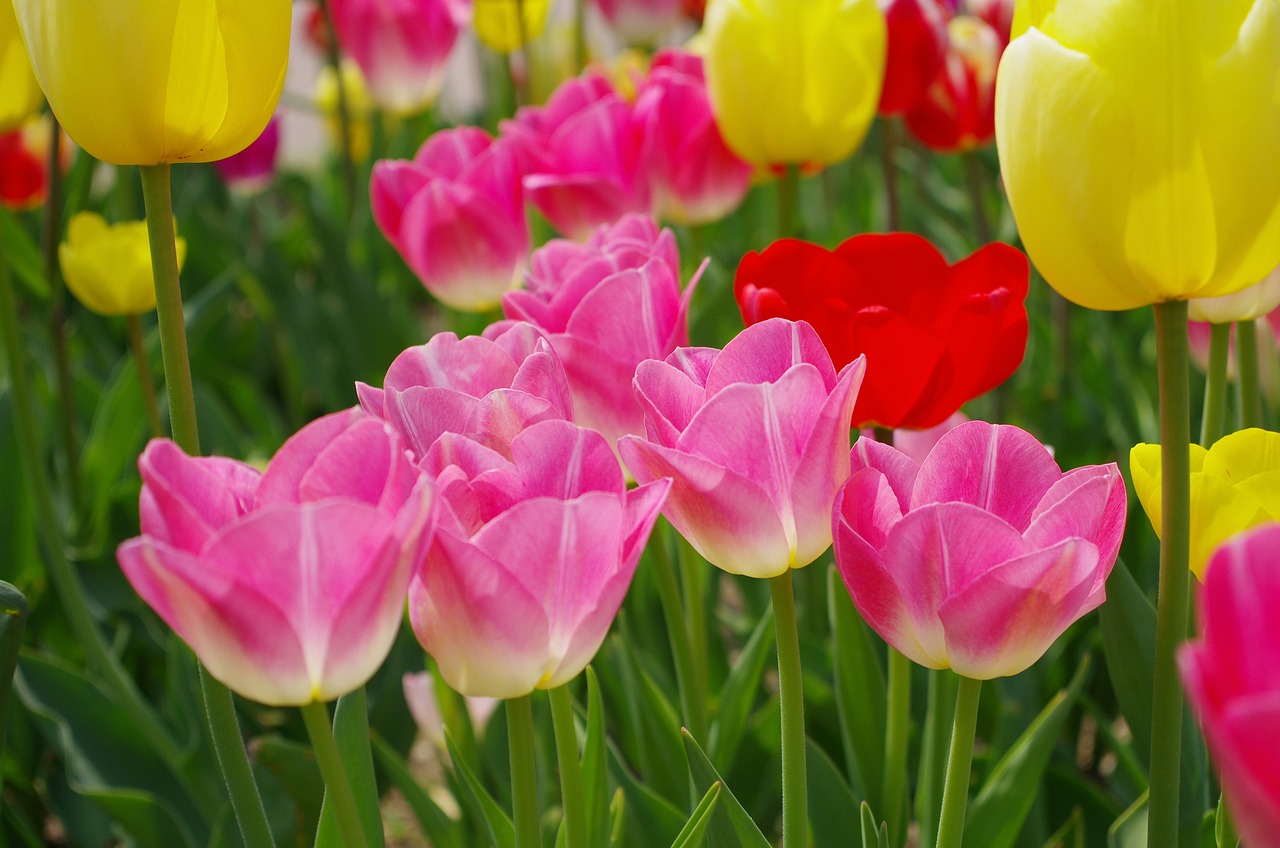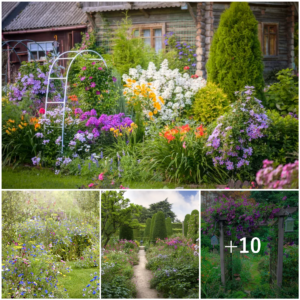
1. Bulb Selection
The first step in growing tulips is to select good quality bulbs. Look for firm, undamaged bulbs, preferably large in size, as these tend to produce larger, healthier flowers.
2. Right Time to Plant
Tulips should be planted in the fall, usually between September and November, before the ground freezes. This allows the bulbs to develop a good root system before winter arrives.
3. Soil Preparation
The soil should be well-drained and rich in nutrients. If your garden soil is clay or retains a lot of water, mix in sand or organic matter to improve drainage. In addition, it is advisable to add a balanced fertilizer to provide the necessary nutrients.

4. Planting the Bulbs
Plant the tulip bulbs about 6 inches (15 cm) deep, making sure to leave about 4 inches (10 cm) of space between each bulb. Place the bulbs point up and cover them gently with soil.
5. Adequate Watering
After planting the bulbs, water the area to settle the soil. During the growing period, keep the soil moist but not soggy. It is important not to overwater to prevent the bulbs from rotting.
6. Care During Growth
As the tulips begin to sprout, be sure to keep the area free of weeds that may compete for nutrients. You can also add a layer of mulch to conserve moisture and control weeds.

7. Protection Against Pests
Tulips can be vulnerable to pests such as mice and aphids. Use natural methods or specific products to keep pests under control and protect your flowers.
8. Enjoy Your Tulips
With proper care, your tulips should begin to bloom in spring, offering a show of vibrant color. Once the flowers fade, allow the foliage to dry naturally before removing it. This helps the bulbs store energy for the next season.

By following these steps, you will be able to enjoy beautiful blooming tulips year after year, adding a touch of elegance and color to your garden.



